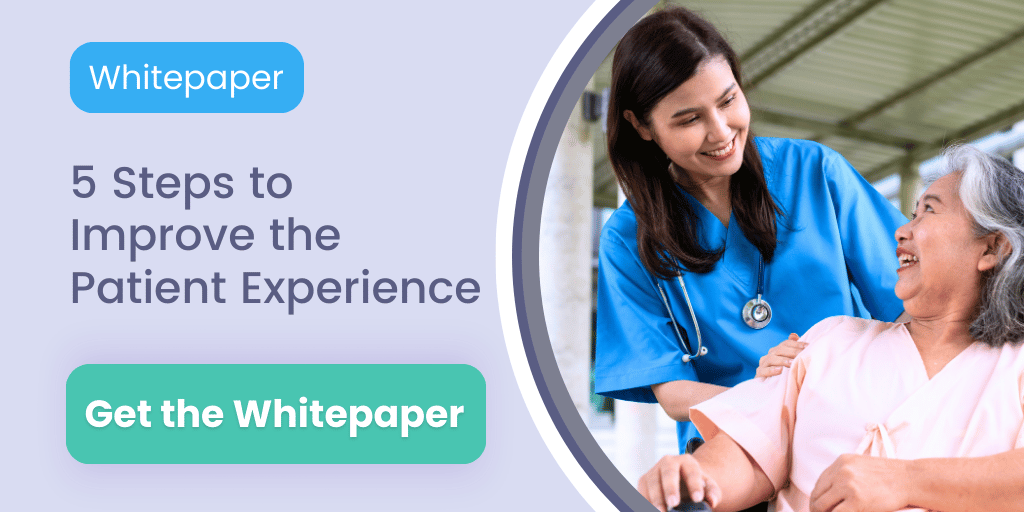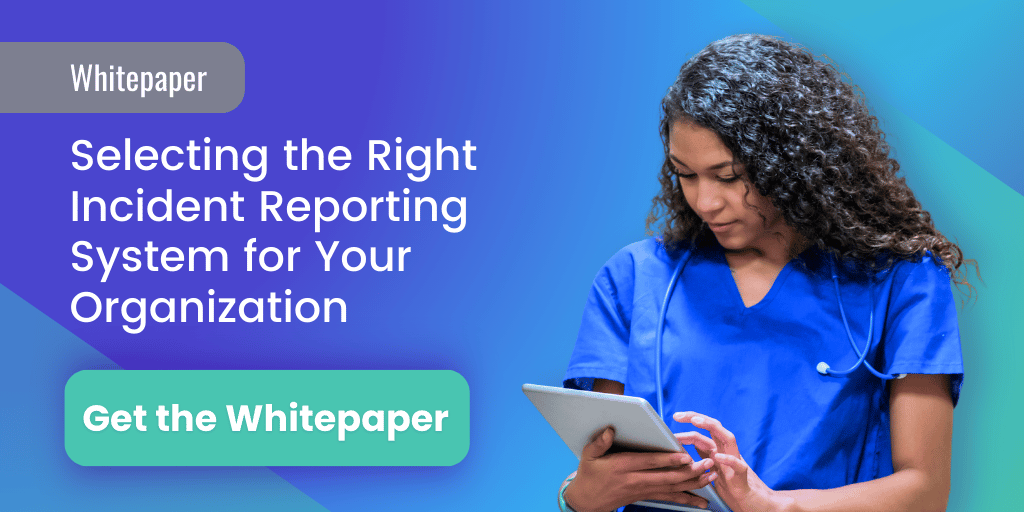4 min read
5 Strategies for Better Communication in Healthcare
Performance Health Partners
August 12, 2024

Improving communication in healthcare between patients and providers is essential for delivering quality healthcare. Establishing a strong communication link builds trust, understanding, and a collaborative atmosphere. Read on to learn five strategies to enhance patient-provider communication in healthcare settings.
1. Utilize Active Listening
“Active listening” involves fully engaging with the patient by not merely hearing their words but also comprehensively understanding, interpreting, and responding to their expressed concerns and needs.
According to a survey conducted by The Harris Poll involving more than 2,500 U.S. adults, 64% of respondents want healthcare providers to spend more time understanding their needs. Furthermore, nearly half (49%) reported that healthcare providers do not always listen to them.
This highlights the dire need for healthcare providers to enhance their listening and engagement practices, ensuring patients feel heard and valued—an essential step in improving communication in healthcare.

Here are some strategies for providers to effectively practice active listening:
- Provide Full Attention: The provider should give the patient their undivided attention, avoiding distractions that could disrupt conversation or make the patient feel uncomfortable.
- Take a Seat: Evidence supports that taking a seat as opposed to standing when communicating resulted in higher provider ratings and improved patient perception of the visit. This is because the equal footing between patient and provider feels more open and friendly, rather than tense or even confrontational.
- Use Nonverbal Cues: Nonverbal affirmations through nodding, maintaining eye contact, and open body language are some cues providers can utilize while actively listening to show the patient they’re engaged and interested.
- Reflect Responses: Verbally paraphrasing or repeating what the patient says helps confirm understanding. This also reassures the patient that the provider is listening and ensuring complete understanding in order to help treat them effectively.
Active listening not only helps in gathering accurate information but also makes the patient feel valued and respected. This approach can reduce anxiety, as patients are reassured that their concerns are truly being heard and taken seriously. It also encourages patients to open up and share more information they may have otherwise withheld, which could be crucial to coming to a more accurate diagnosis and treatment plans.
Moreover, active listening can help in identifying unspoken concerns or emotional distress, allowing providers to empathetically breach sensitive topics to provide relief.
2. Limit Jargon and Complex Language
Medical terminology can be overwhelming and confusing for patients, impeding patient-provider communication. Simplifying language by limiting jargon helps convey complex medical information more clearly.
According to a survey by the Journal of Patient Experience, 91% of respondents preferred doctors who did not use medical jargon, viewing them as more caring, empathetic, and approachable. Moreover, they perceived the doctor that used complex language and jargon to be more cold, confusing, and self-important.
Using relatable and common words to explain medical conditions or procedures helps relay information in a way that is accessible. For examples, using the term “high blood pressure” instead of “hypertension” reduces the risk of miscommunication, which can lead to medical errors and higher costs.
In fact, according to a study published by CRICO Strategies, miscommunications in healthcare resulted in costs up to $1.7 billion and as many as 2,000 lives lost. Using less complex language is crucial to prevent such outcomes, not only improving comprehension, but also building patient trust. Patients are more likely to trust their provider and follow medical advice when they fully understand their conditions and treatment options.

3. Use Reassurance and Empathy
Reassurance and empathy are vital components in improving communication in healthcare. When patients are reassured and shown genuine empathy, they are more likely to feel at ease within a clinical setting and trust that their provider is there to help.
Providers should validate the patient’s feelings and concerns, even when they don’t necessarily agree with or understand them, emphasizing that their voice is always important.
Empathy, a core component of the “BATHE” method, is a technique where providers put themselves in the patient’s shoes and acknowledge their emotions and experiences. Originally used in psychotherapy, the BATHE method facilitates deeper communication and consists of five steps:
- Background: “What is going on in your life?”
- Affect: “How is it affecting you?”
- Trouble: “What troubles you most about the situation?”
- Handling: “How have you been handling this so far?”
- Empathy: “That sounds very (scary, frustrating, stressful, etc.)”
By employing the BATHE method, providers can engage more effectively with patients, taking into account their emotions, external stressors, and concerns.
In fact, a study by Primary Care Diabetes found that using the BATHE method significantly empowered patients. Those whose doctors applied this technique during visits felt nearly twice as empowered six months later compared to those who received standard care. This demonstrates the powerful effect that empathy and supportive patient-provider communication can have on patient outcomes.

4. Leverage Interpreters to Overcome Language Barriers
Language barriers can significantly impede communication in healthcare and mutual understanding, leading to miscommunications, stress and anxiety for the patient, and overall decreased patient satisfaction.
According to a recent U.S. Census Bureau Report, nearly 68 million people in the United States spoke a language other than English in 2019, almost triple the number of people who did so in 1980. For the growing number of U.S. patients who speak different languages, acquiring the healthcare they need can be daunting when there is no one to help interpret or understand them completely.
To improve patient-provider communication, healthcare organizations should incorporate medical interpreters or interpretation services into their practices to avoid alienating patients with limited English proficiency. Medical interpreters overcome language barriers by providing support and information, helping providers develop care plans personalized to the patient. This helps bridge language barriers in communication through accurate and culturally specific translations.
A commitment to overcoming language barriers through interpretation services builds trust and rapport with patients from diverse backgrounds, ensuring that quality care is delivered in a way that respects the patient’s culture and language. In turn, this respect and trust can lead to improved adherence to treatment plans and increased patient loyalty and retention.
5. Implement Anonymous Reporting Systems
Utilizing incident reporting software can significantly enhance the reliability and transparency of communication in healthcare by prioritizing patient experience. This technology allows patients to provide their feedback and report observations directly to their care team.
Anonymous reporting systems provide a secure and confidential platform that encourages patients and employees to share their safety concerns without fear of retaliation. Research by BMJ Open indicates that patients are more likely to offer feedback when they understand the care process and trust the feedback system to be confidential, reliable, and transparent. This influx of crucial safety data enables organizations to better identify the root causes of recurring issues, track trends, and craft targeted interventions.
Effective healthcare communication—open, collaborative, and receptive to patient feedback—is vital for the sustainable improvement of healthcare practices. By actively seeking and incorporating patient feedback, healthcare providers can not only address immediate safety concerns but also demonstrate a commitment to continuous improvement and improve patient experience. This ongoing engagement is essential not only for healthcare communication but also for significantly improving patient outcomes over the long term.
Effective healthcare communication leads to better patient satisfaction, compliance, and outcomes. By making a commitment to improving communication in healthcare, providers can ensure patients feel heard, understood, and supported throughout their healthcare journey, improving outcomes and creating a team-based culture of safety.



